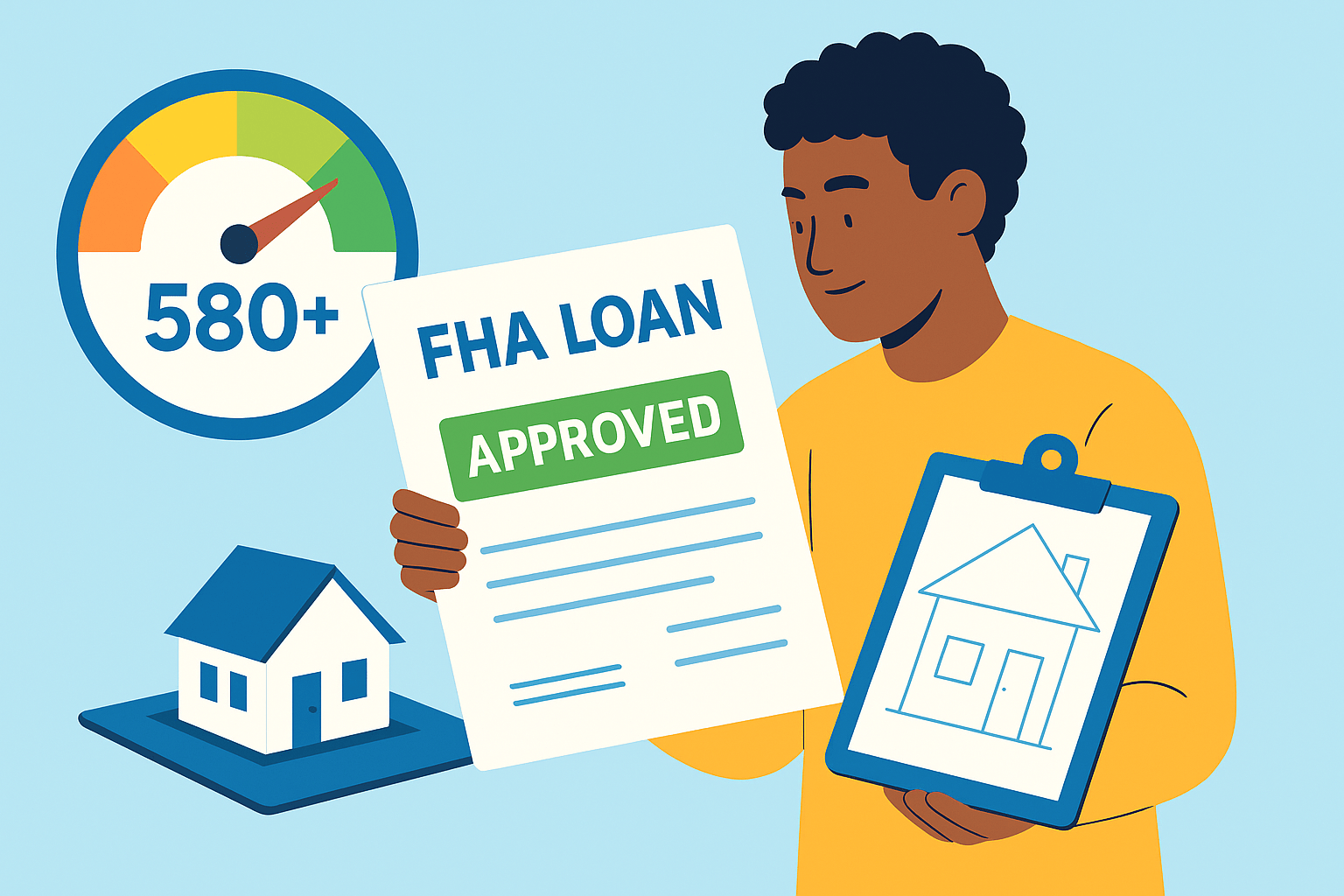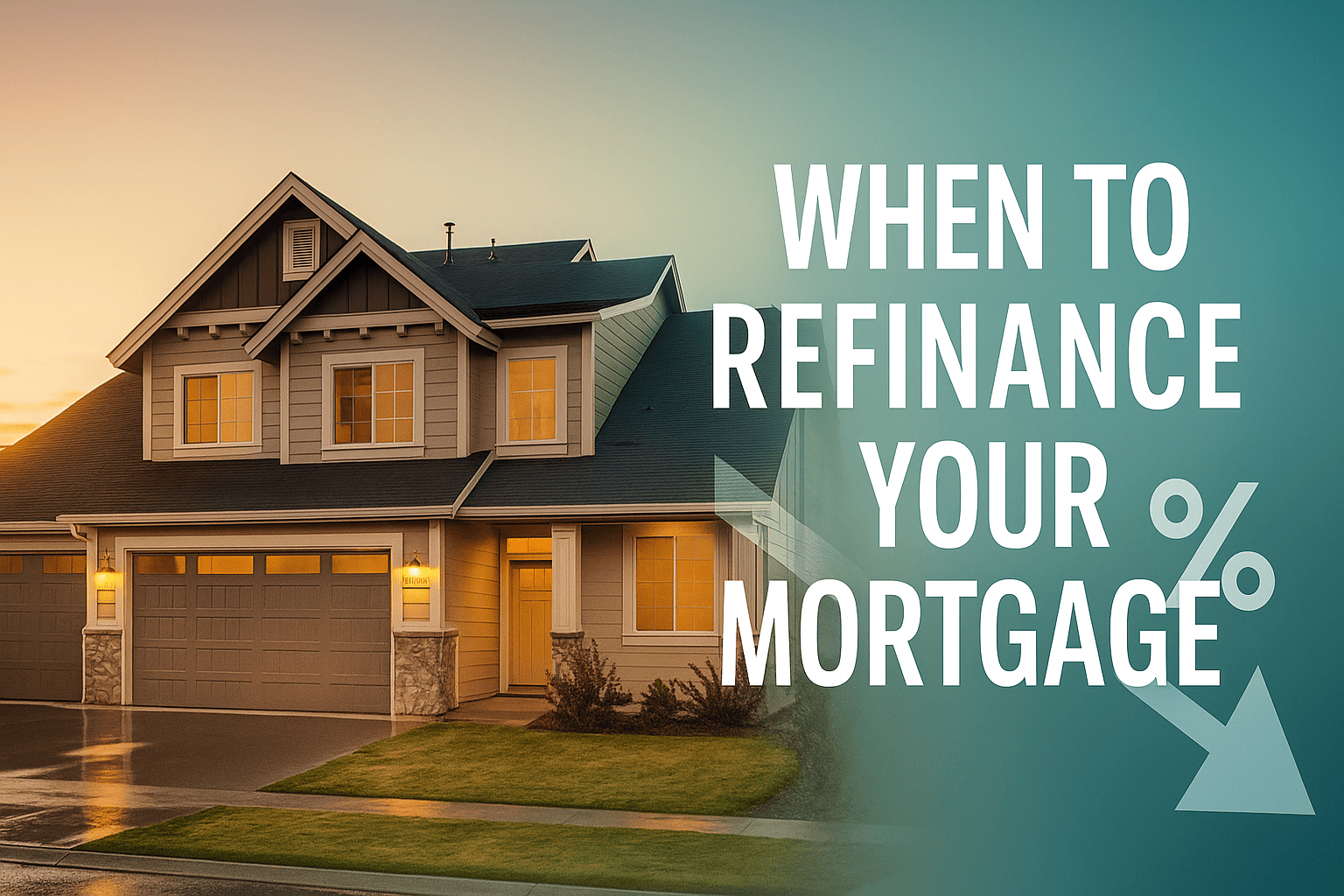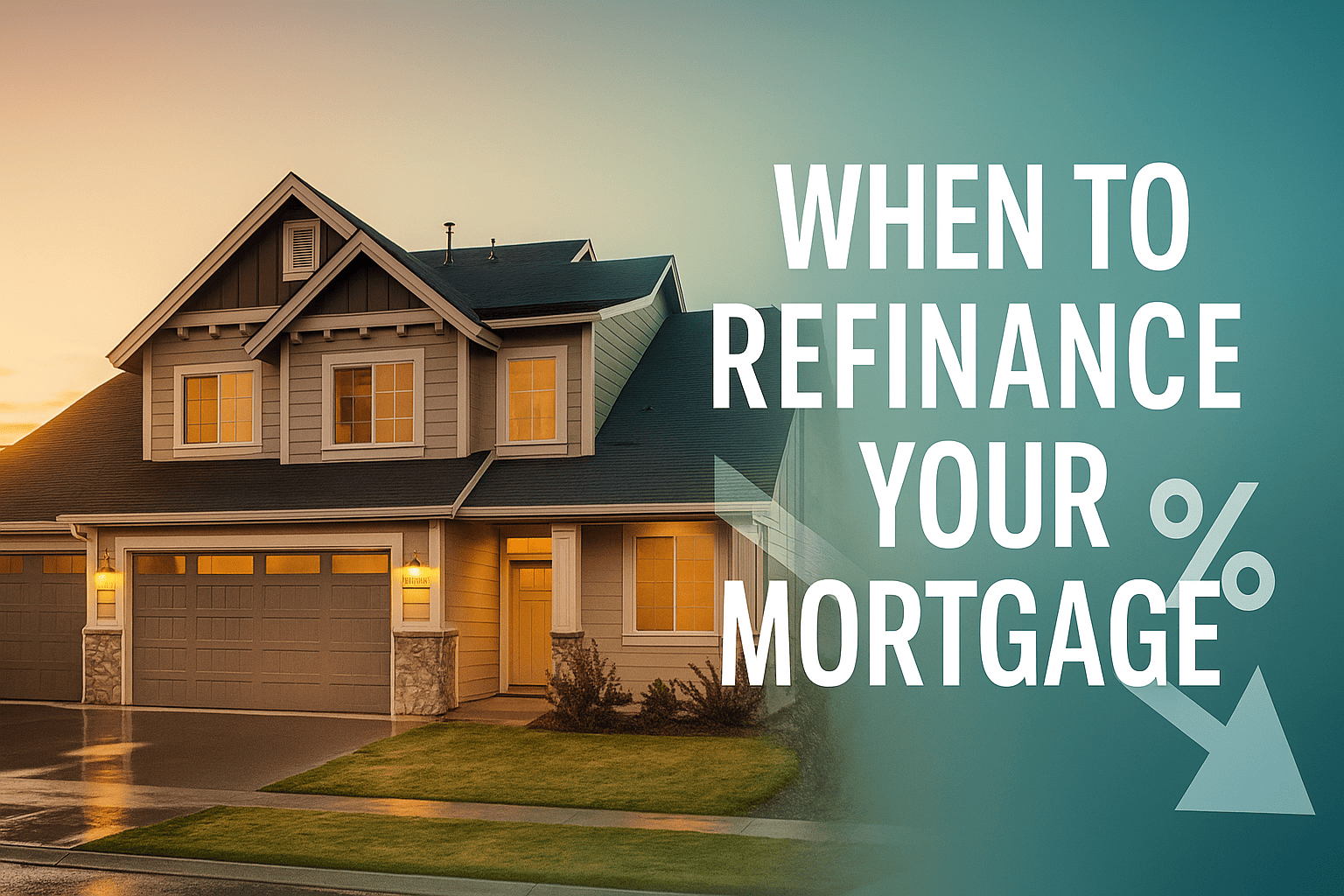Connecticut Housing Finance Authority (CHFA) Down Payment Assistance Program
How the Connecticut Housing Finance Authority (CHFA) Down Payment Assistance Program Opens Doors for First-Time Buyers
Reading time: 8 minutes.
The Connecticut Housing Finance Authority (CHFA) Down Payment Assistance Program may be the missing puzzle piece between you and a home of your own. Within the first 100 words you’ve already met the program, discovered its promise of up to $15,000, and—if you keep reading—will soon learn exactly how to unlock the funds. Whether you’re shopping shore-side in Mystic or eyeing a starter condo in downtown Hartford, CHFA’s down payment assistance could turn a distant dream into a front-door reality.
Below, we’ll break down:
- How the program works from application to closing
- Who qualifies in 2024 (income, credit, geography)
- Real-world advantages few buyers talk about
- Actionable tips and a printable checklist to speed approval
Grab a coffee, bookmark the official CHFA site for later, and let’s dive in.
How does the Connecticut Housing Finance Authority (CHFA) Down Payment Assistance Program work?
Imagine you’ve found a $300,000 Cape in New Haven County. The lender wants 3% down on a conventional 30-year fixed loan—that’s $9,000 up front, not including closing costs. For many first-timers, saving that sum feels like climbing Sleeping Giant without a trail map.
The CHFA Down Payment Assistance Program eliminates much of that financial cliff by offering a second mortgage of up to $15,000 that specifically covers:
- Your down payment (all or part)
- Eligible closing costs (appraisal, attorney fees, recording fees)
Because the assistance is structured as a second mortgage, you repay it over time—usually on a 30-year amortization—but at a below-market interest rate. Some borrowers even secure a 0% rate, depending on household income and credit strength.
The magic happens in concert with a primary CHFA first mortgage. In other words, to tap the down payment funds, you must also finance your primary mortgage through CHFA’s approved lenders. This bundled approach keeps underwriting streamlined and rates competitive.
Take Jenna B., a third-grade teacher. After two years of renting in New Haven’s East Rock neighborhood, she stumbled on the CHFA Down Payment Assistance Program during a weekend Google rabbit hole. Paired with a competitive CHFA FHA-backed loan, her assistance check covered the entire 3.5% down payment on a loft condo—and she closed with less out-of-pocket cash than she spent on last year’s summer vacation.
Who qualifies for CHFA down payment assistance in Connecticut?
Program eligibility isn’t one-size-fits-all. CHFA calibrates requirements to foster both statewide accessibility and responsible lending. You’ll need to meet four baseline checkpoints:
1. First-Time Buyer or Targeted Area Buyer
Generally, you can’t have owned a principal residence in the past three years. However, if you purchase in a “targeted area” (designated census tracts that need revitalization), the three-year rule disappears. A savvy buyer can cross-reference targeted ZIP codes on the CHFA site and widen their options.
2. Income Limits
Annual household income must fall below county-specific caps. For example, 2024 limits range from roughly $102,600 in Windham County to about $146,000 in Fairfield County. CHFA updates these figures annually, so verify the latest numbers before applying.
3. Purchase-Price Caps
Similarly, the property’s purchase price cannot exceed set ceilings—currently $373,000 to $536,000, depending on location and property type (single-family vs. two- to four-family).
4. Credit & Cash Contribution
- Minimum credit score: 620, although higher scores earn better pricing on the first mortgage.
- Borrower contribution: You must inject at least $1,000 of your own funds, proving “skin in the game.”
Think of these four pillars as the legs of a sturdy table; remove one, and the dinner party collapses. Nail them all, and you have a dining surface ready for signing closing documents.
How much can first-time buyers really receive from CHFA in 2024?
The headline number—$15,000—is accurate, but nuances matter. CHFA caps your assistance at the lesser of three metrics:
- $15,000 flat maximum
- 3% of the sales price on a conventional CHFA loan, or 3.5% on an FHA-backed CHFA loan
- The exact amount needed to meet minimum down payment and closing cost obligations
Let’s illustrate. A $250,000 FHA purchase requires $8,750 down. If your closing costs are $6,000, the total outlay is roughly $14,750. You could receive the full $14,750 via CHFA without exceeding any limit. If the same property cost $500,000, you’d still only capture $15,000 because of the cap.
According to a 2023 Connecticut Data Collaborative report, the statewide median down payment for first-time buyers hit $22,400. In comparison, CHFA’s $15,000 covers about 67% of that typical hurdle—proof that the program remains a strong value even as home prices climb.
The step-by-step roadmap to CHFA approval
Application processes can feel like foggy mornings on the Long Island Sound—beautiful yet hard to navigate. Here’s a clear lighthouse view:
- Pre-qualification with a CHFA-approved lender. They’ll pull credit, estimate your max price, and verify preliminary eligibility.
- Complete CHFA homebuyer education. Virtual and in-person classes reinforce budgeting, maintenance, and mortgage basics.
- Find a property and sign a purchase contract.
- Lender submits both first-mortgage and assistance paperwork to CHFA.
- CHFA reviews, issues commitment letter.
- Attend closing; assistance funds are wired simultaneously with the first mortgage.
Total timeline? Thirty to forty-five days—comparable to a conventional loan.
Little-known perks beyond the obvious cash infusion
- Deferred payments during hardship. CHFA can temporarily pause your second-mortgage payments after a documented setback, such as job loss.
- Possible interest-rate reduction. Borrowers using energy-efficient improvements may qualify for an extra 0.125% off the first-mortgage rate.
- Rental unit flexibility. Purchase a two- to four-family home; live in one unit, rent the others, and still use assistance—great for “house hacking.”
- Automatic PMI savings. CHFA’s preferred mortgage insurance carriers often discount premiums for program participants.
These sweeteners rarely make splashy headlines, yet they compound into thousands of dollars saved over a five-year horizon.
Printable CHFA readiness checklist
Download, print, and tape this on your fridge:
- ☐ Latest two years of W-2s and tax returns
- ☐ 30 days of pay stubs
- ☐ 60 days of bank statements
- ☐ Proof of $1,000 personal cash contribution
- ☐ Photo ID + Social Security card
- ☐ Completed CHFA education certificate
Checking every box before you shop accelerates underwriting and keeps sellers happy.
FAQ
Is CHFA only for first-time buyers?
No. Buyers in designated “targeted areas” and those who haven’t owned a home in three years qualify too. Military veterans are also exempt from the first-time buyer rule.
Do I have to repay the assistance if I sell early?
Yes. The second mortgage is fully amortizing. If you sell before it’s paid off, the outstanding balance is due at closing, just like any other lien.
Can I combine CHFA assistance with other grants?
Often, yes. Municipal grants or employer-assisted housing funds typically layer alongside CHFA, as long as combined aid doesn’t exceed your total cash need.
Does CHFA require mortgage insurance?
Yes for loans above 80% LTV, but negotiated PMI rates are generally lower than standard market rates.
Next steps: Turn knowledge into keys
Thousands of Connecticuters have already walked through their own front doors courtesy of the Connecticut Housing Finance Authority (CHFA) Down Payment Assistance Program. If you’re ready to join them:
- Run the numbers with our free mortgage calculator.
- Schedule a 15-minute strategy call with one of our CHFA-certified loan advisors.
- Attend the next virtual homebuyer education session—seats fill fast.
Every month you wait is another rent check funding someone else’s equity. Let’s reverse that trend together.
Ready, set, keys.
Explore More Blog Posts
Checkout more similar posts those will help you to choose better property.












 Profile
Profile Password
Password Saved Properties
Saved Properties Sign Out
Sign Out
 +0.01
+0.01
 -0.15
-0.15

